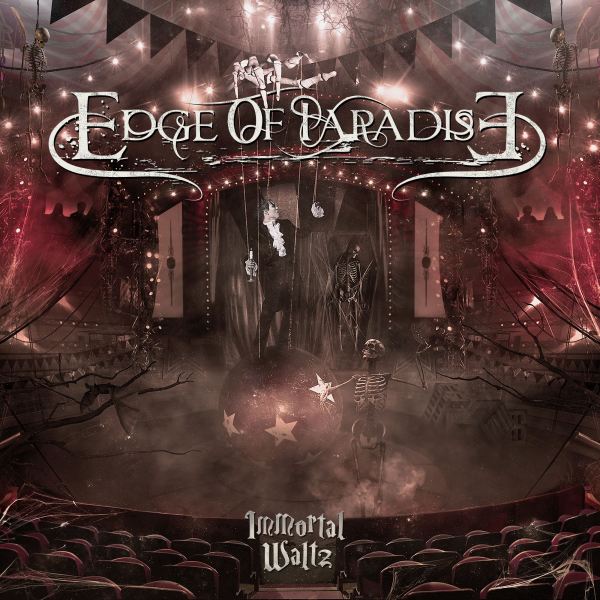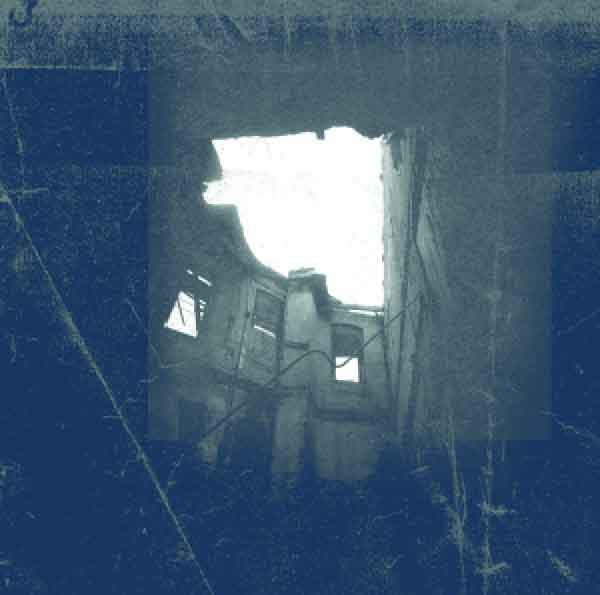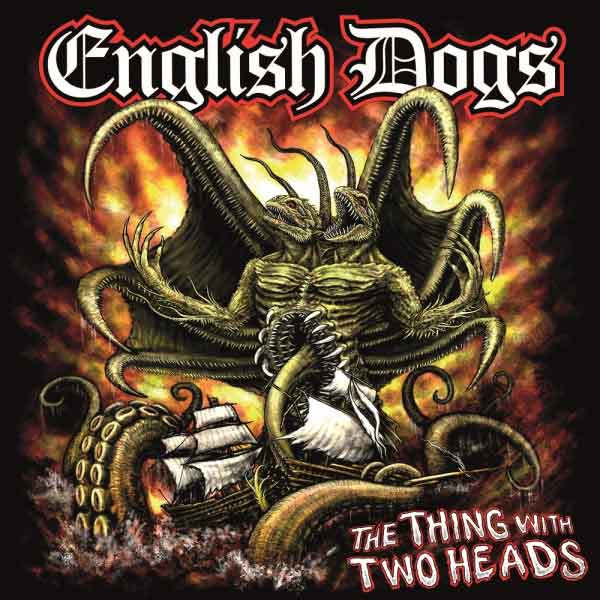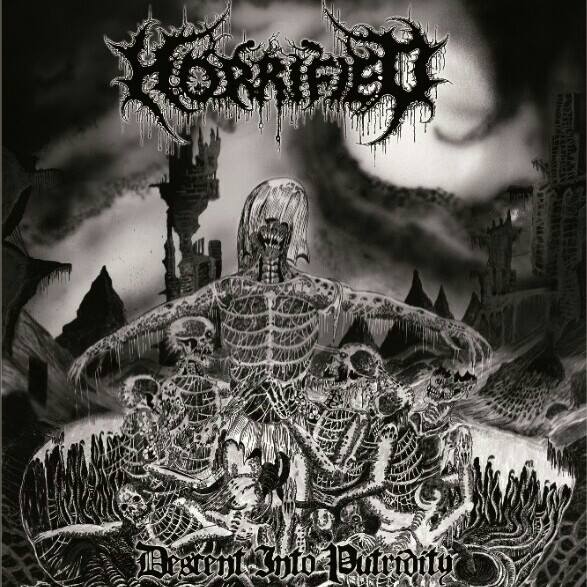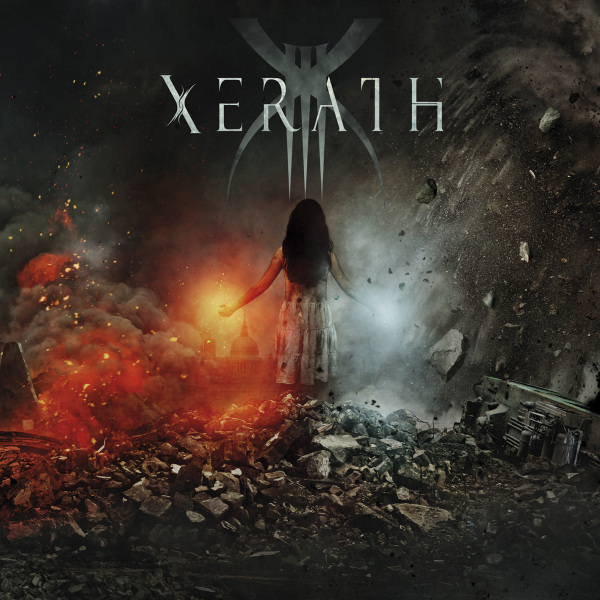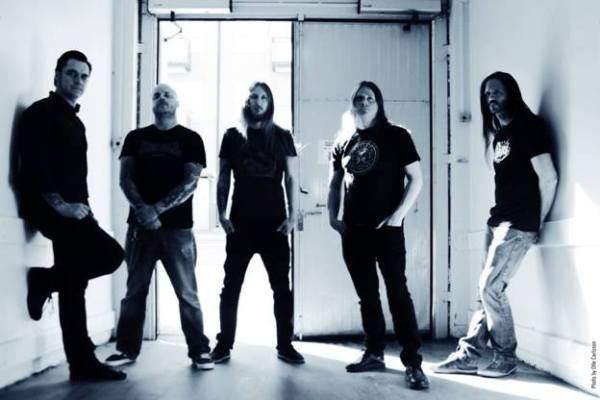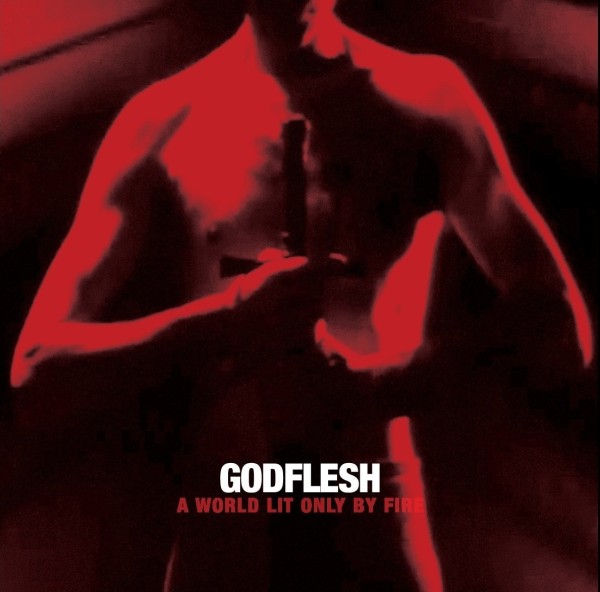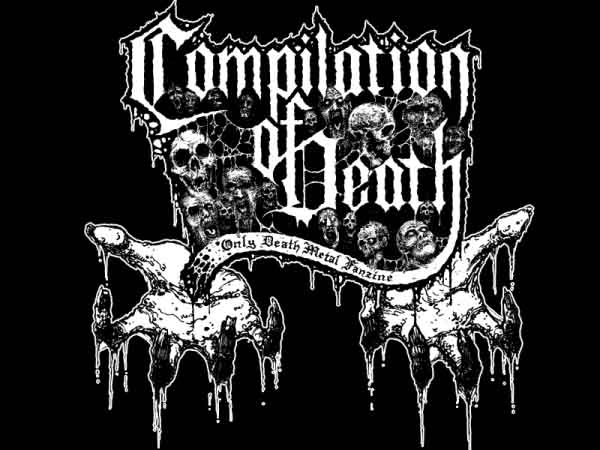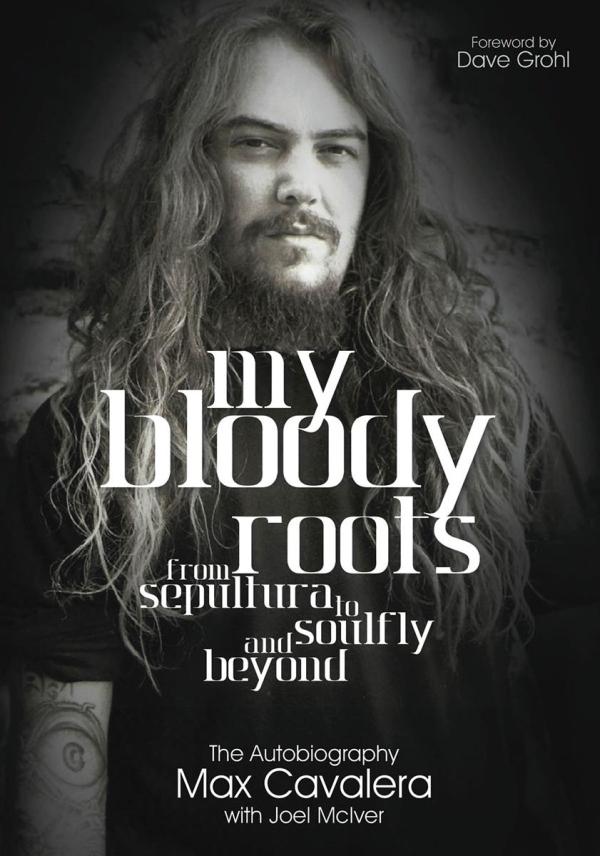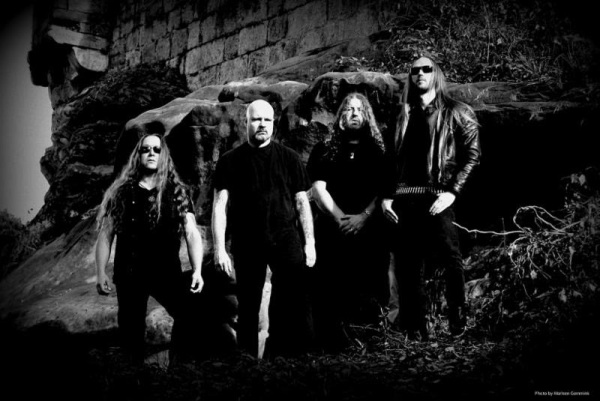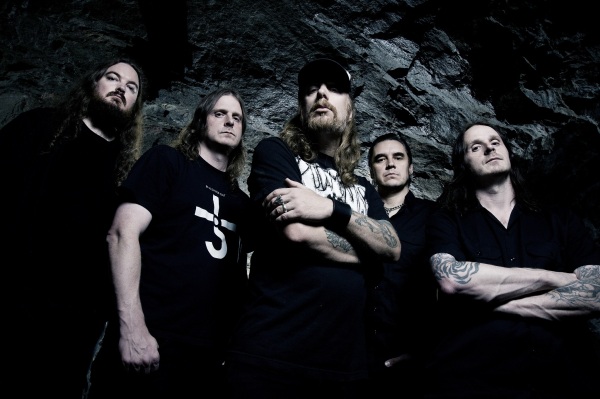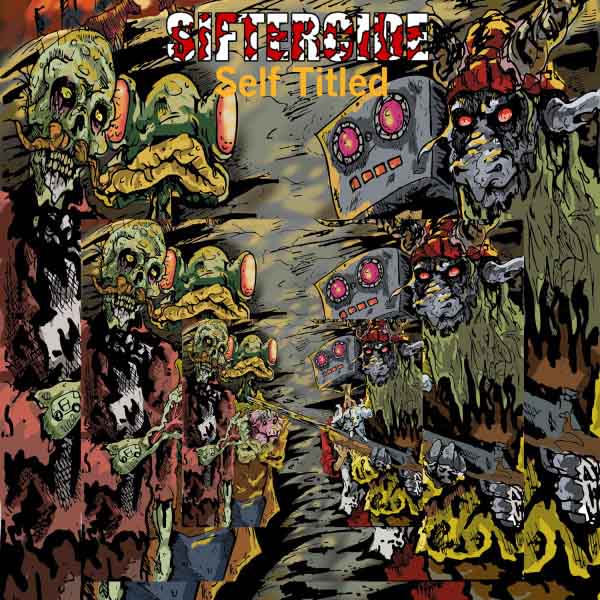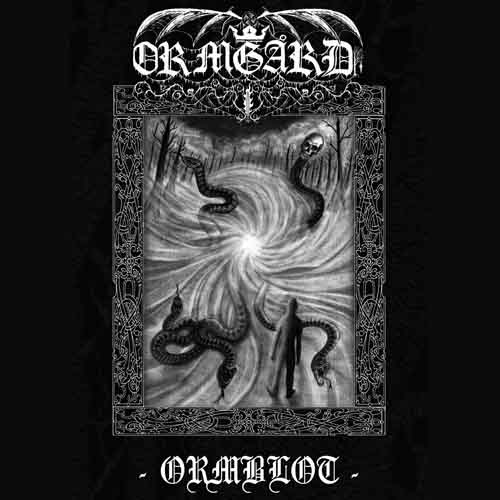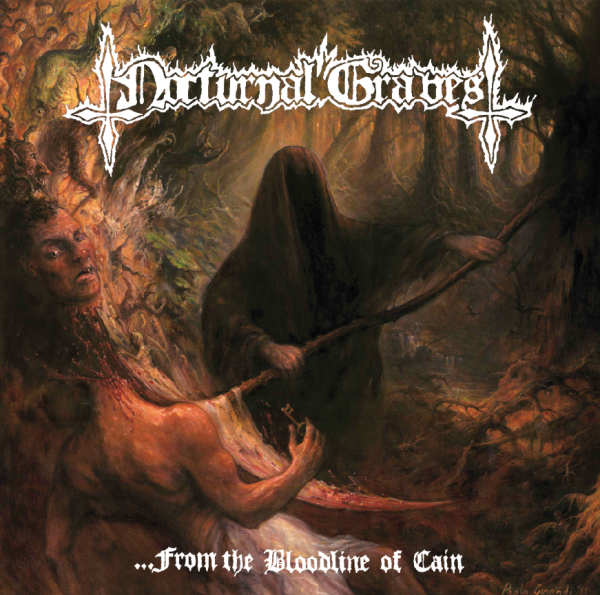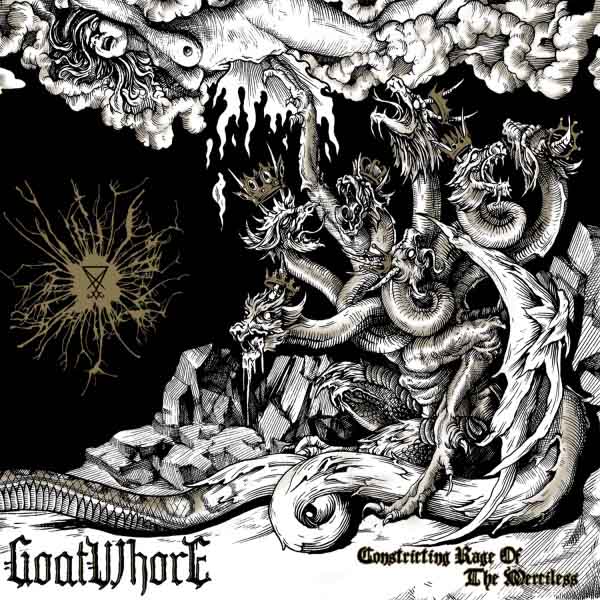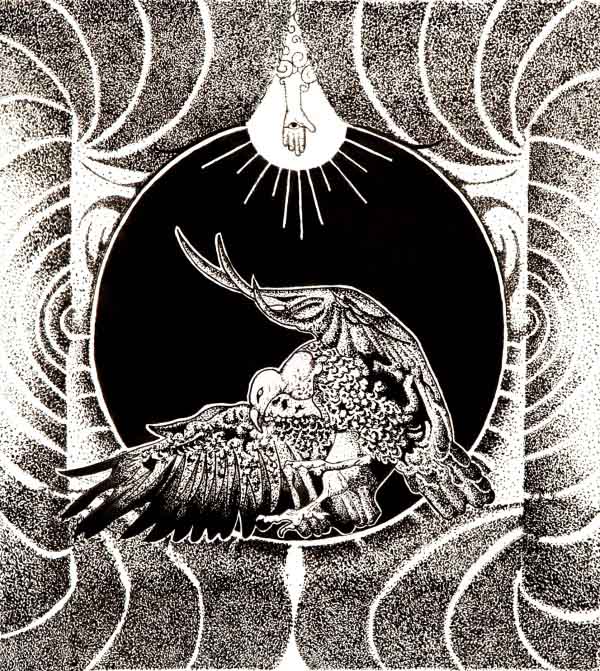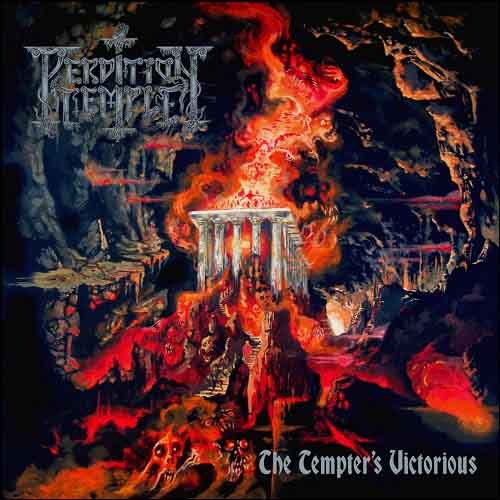What are Sadistic Metal Reviews? When fans, writers, radio presenters and musicians get fed up with the exhausting flood of imitators and demand that music have a purpose, because only music that has content can express something of beauty or horror about reality and thus be relevant to our lives, because unlike the herd that seeks escape, we seek a means of understanding and glorifying life. Death to the imitators, drowning in a sea of angsty tears.
Edge of Paradise – Immortal Waltz
This jaunty take on a cross between burlesque music and hard rock with symphonic overtones seems designed to showcase the talents of vocalist Margarita, who layers her vocals in waves that create, along with the carnival horror show keyboards, a sense of being in some oddity of a dream. But this band really invites comparison to bands like Genitorturers and Marilyn Manson more than heavy metal; these songs are vehicles for the vocals and are designed to create a sensation of spectatorship more than have the music itself inundate the mind. Aesthetically, this will strike underground fans as cheesy; while not terrible musically, it also derives much of its compositional direction from riffing off known archetypes of the type of music it cites. That and the way songs are entirely driven by vocals places this outside the range of most expecting riff-based music, and the simplicity of its delivery ensures that it will sound like children’s music to most death metal fans. If this is symphonic metal, it is clearly not for me, but if you like the Marilyn Manson style spectacle and ironic deconstruction of cultural tokens, it might appeal.
Krieg – Transient
Krieg started as purely chaotic improvisational black metal, then organized itself into a ripping war metal variety, and finally detoured into indie/shoegaze. With Transient, the band returns to roots with a primitive type of death metal fused with a heavy amount of punk and garnished with varieties of its previous influences. The shoegaze influence is still here as are some classic black metal riffs but they are suspended in a gelatinous mass of punkish simple death metal riffs which keep an energetic uptempo charge. While it sculpts atmosphere with agreeable verve, most of modern Krieg consists of transitions into moods and then riding of those moods, which interrupts the frenetic energy this band once conveyed while simultaneously not building up to its transitions with enough groundwork to give them power beyond their own attributes. Black metal works its atmospheric magic by manipulating context and showing a progression between events like a battle scene, but this new style is more like visiting different rooms in a spooky hotel. That being said, Krieg is stronger in riff-writing and understanding of the dimensions of harmony and how to navigate them with a riff than other American black metal bands, and also beats the hell out of Sonic Youth.
English Dogs – The Thing With Two Heads
This punk band uses a lot of metal riffs and rhythms in that it likes to interrupt continuity with abrupt internal collisions in its music, and uses the muted strum in a style spanning the spectrum from speed metal to Meshuggah. Unfortunately, it also mates this with a rock style of offbeat leading phrases that make this music bounce just like rock or hip-hop, which kills any gravitas or building of intensity. There are some great speed metal riffs on here and some moments of pure punk energy but the whole is torn apart by musical discontinuities which result in what sounds like a train crash between the 1980s and early 2000s that never resolves itself into a voice that can express anything. If this band dropped half the riffs and focused on making songs that generate momentum and then channel it somewhere, it would hit like a ton of bricks but as it is now, it sounds like something that should be on in the background during an LMN late-night movie about kids hanging with the wrong crowd and ending up in an organ harvesting gang.
Horrified – Descent Into Putridity
This album shows a great deal of initial promise in its attempt to resurrect the old underground. It gets beyond the two-point riffs that hammer a rhythm and then answer it and go nowhere, preferring longer riffs that lead on to different points and at times in the Deathspell Omega way extend themselves into wandering melodies. Its combination of Swedish death metal and Autopsy power death metal worship works on the surface. But the nu-underground has never understood the purpose of death metal riffing which is to create subterranean structures that mirror what goes on in our subconsious minds; death metal is about looking beneath the surface to reveal structure and a subtext of motivation. Horrified in contrast has one layer, which is some riffy music on the surface that fits together nicely, but lacks a core of something which cuts between the mental state and the music. Thus over time this wears thin and repetitive at about the same time the listener starts noticing how many riffs are anchored with doubled downpicking and how few of these riffs, despite growing in their own right, amplify the subject matter of the song. Horrified come closer to the original than any others attempting this style recently but still miss the root of what makes the underground what it is, and so verge closer to the much more “face value” work of speed metal bands, at which point the repetition creates bad flashbacks of late 1980s metal and the repetition PTSD kicks in.
Xerath – III
The horror, the horror. Symphonic metal must be done gracefully but with aggression and force; Xerath approach it like hard rock and use it as a vehicle for over-dramatic vocals. This hurts to listen to because the keyboards drift, the riffs sound like a heavier version of Def Leppard, and the metal gets forgotten. Synthesizing two disparate things only works when a common ground and thus basis for a common voice is found, and otherwise what emerges is the oil-on-water effect that produces carnival music where random patterns contrast one another as if they were designed to accompany a cartoon and its wacky action. Xerath goes down all of these rabbit trails and comes out at a comical level. Distraction, deflection, recursion, confusion. Like Behemoth and other bands in this newer style, Xerath does great work at the level of detail, but when you add it up the only picture that emerges is confusion and haste resulting in an entirely random platter of stuff that is recognizable as metal but by depriving itself of continuity and context, entirely lacks the punch. It compensates for that lack by hammering extra hard on pounding rhythms and blasting passages which do nothing but highlight the sense of On Through the Night colliding with a roadside minstrel show on its way to play the outer reaches of Alaska and hope its luck changes there.
21 CommentsTags: Black Metal, death metal, edge of paradise, english dogs, horrified, krieg, punk, sadistic metal reviews, symphonic metal, xerath

